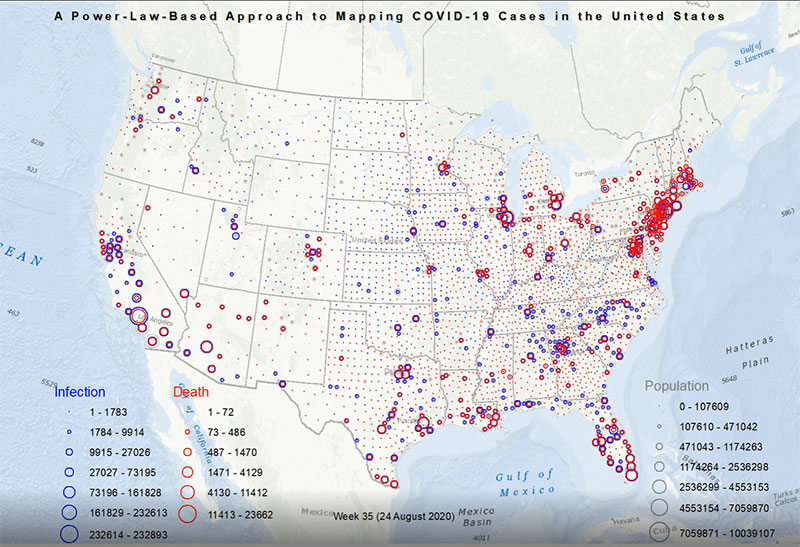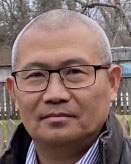“The great harm of COVID -19 lies in its enormous spread and to understand the spread we have to look at the underlying population or the geographical distribution of people,” Bin Jiang says.
“We see patterns early on that conventional methods fail to detect”
The researchers in Gävle found that the number of COVID -19 cases over time follows a power-law growth pattern linked to the size of the population. This means that many states and counties have a low number of cases, and only a few, densely populated states and counties have many cases.
“Taking this power law as our starting point makes it possible for us to detect patterns at an early stage that conventional methods fail to detect, because observations are usually made at a later stage when a complex system is fully developed in those methods.”
Thus, the spread of COVID -19 is shaped with an incredible force by the underlying population patterns, and in densely populated states or counties, more people tend to be affected or die.
“Although this may seem obvious, deviations from this overall trend help us to determine the effect of lockdowns and other infection control measures at the local level.”
“Thus, we can show that without the restrictive measures, the situation would be much more devastating and it also opens up a new way of mapping geographical phenomena,” Bin Jiang says.
Film showing the spread of covid-19 in the United States from January to August 2020







